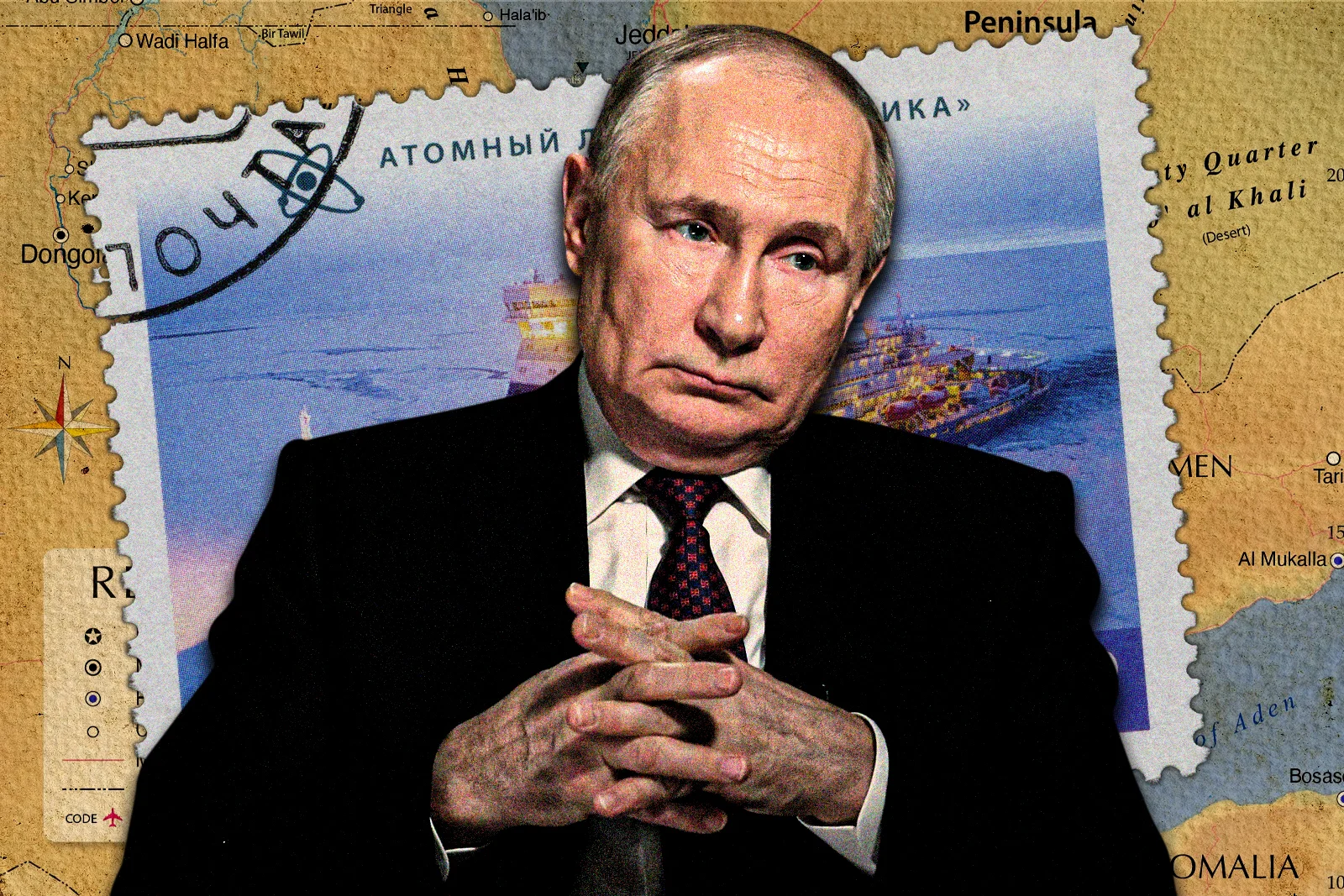
Are Russia and China Being Opportunists and Backing the Houthis?
One of the more intriguing—and troubling—theories surrounding the Houthis’ destabilization of the Red Sea, a critical global shipping lane, suggests external manipulation. Speculation abounds that the Yemeni rebels are acting under the guidance of powers seeking to disrupt traditional Euro-Asian connectivity and propose alternative routes.
The theory goes that these shadowy forces are not limited to their well-known Iranian backers but include Russia and China. According to this narrative, these revisionist powers may be using the Houthis as part of a broader strategy to reshape globalization. Russia, China, and Iran, to varying degrees, have pushed for a reevaluation of global governance structures, including the geoeconomic frameworks that underpin global trade routes.
A key aspect of this strategy is the appeal of a Northern Arctic route, which could be accessed via critical Indo-Pacific choke points such as the Malacca and Taiwan Straits. For Moscow, this would entail control over much of the northern route, while Beijing could bypass the increasingly contested waters of the Indo-Pacific. Over time, as global warming accelerates, the Arctic route could emerge as the primary link between Europe and Asia. This development would greatly benefit Northern European industrial powerhouses like Germany and the Netherlands. Meanwhile, the traditional southern route would likely diminish in importance, becoming a more regional connector. This shift could hand Iran greater influence over the southern corridor, while China would continue expanding its presence in the Indian Ocean, a zone where U.S. activity has also increased.
Despite the intrigue of this narrative, hard evidence supporting such a grand strategy remains scarce. Neither Russia nor China has publicly embraced this plan, and it seems unlikely that the Houthis would openly acknowledge any role in such a scheme. Yet the theory persists. The Houthis have publicly stated that their actions in the Red Sea and Gulf of Aden are expressions of solidarity with the Palestinians in Gaza in light of the ongoing Israel-Hamas conflict. However, this justification seems only partial. A more strategic objective for the Houthis is to demonstrate their strength in future negotiations over Yemen, where they are vying for control of the country’s north.
Recently, U.S. Fifth Fleet Commander Admiral George Wikoff dismissed the idea that the Houthis are solely motivated by solidarity with Palestinians. He described the group as “a weapon looking for a reason to use it,” implying that external actors may indeed be influencing their actions. Wikoff further noted that the Houthis’ supply of arms is no longer limited to Iran. “We are monitoring a new supply line,” he said, hinting at the involvement of other international players.
There is a possibility that the Houthis already possess Chinese-made weaponry, although this does not necessarily point to direct Chinese involvement. The arms may have reached the rebels indirectly or through illicit arms trafficking networks. Additionally, since early September, reports have emerged of Russian GRU special forces operating in Yemen, aiding the Houthis. Could this mark the first tangible step in a larger geopolitical design? Both Moscow and Beijing might stand to gain from such destabilization, as it would allow them to frame the U.S. and EU as responsible for the turmoil due to their support for Israel. This narrative could fit into a broader anti-Western strategy.
A June U.S. Defense Intelligence Agency report revealed that container traffic in the Indo-Mediterranean region plummeted by 90% between December 2023 and mid-February 2024. Though shipping has since resumed, it remains well below pre-crisis levels. Western militaries in the region have so far failed to stop the Houthis. Meanwhile, the looming threat of environmental disaster—such as the attack on the MT Delta Sounion—remains. Coordination between the Houthis and Hezbollah is also increasing, particularly in their propaganda campaigns.
Globalization has already been altered in many ways. Companies have rerouted their ships around the Cape of Good Hope, despite the higher costs, to avoid the Houthis’ reach. At the same time, the so-called “Arctic Route” is becoming an increasingly tangible reality. Russia and China have been working for years to establish a northern maritime route. A notable instance of this effort was President Vladimir Putin’s reaction to the Ever Given incident, which blocked the Suez Canal in 2021.
More recently, the NewNew Star, a Hong Kong-owned container ship, became the largest non-icebreaker vessel to navigate the Arctic. Owned by Yangpu NewNew Shipping, it recently carried 3,534 TEU from Nansha, China, to St. Petersburg, Russia. Other significant vessels are also making the northern passage. The Xin Xin Hai 1 is currently en route eastbound to Rizhao, China, while its sister ship, Xin Xin Hai 2, escorted by a Russian nuclear-powered icebreaker, is completing its second transit from Arkhangelsk to Tianjin. These developments underscore the deepening strategic cooperation between Russia and China in exploiting northern shipping routes, further shifting global trade dynamics.
The central question remains: are these developments part of a coordinated strategy, or are they simply opportunistic responses to evolving global conditions? While the idea of a Sino-Russian Arctic route is compelling, the lack of official confirmation or definitive proof makes the theory speculative.

